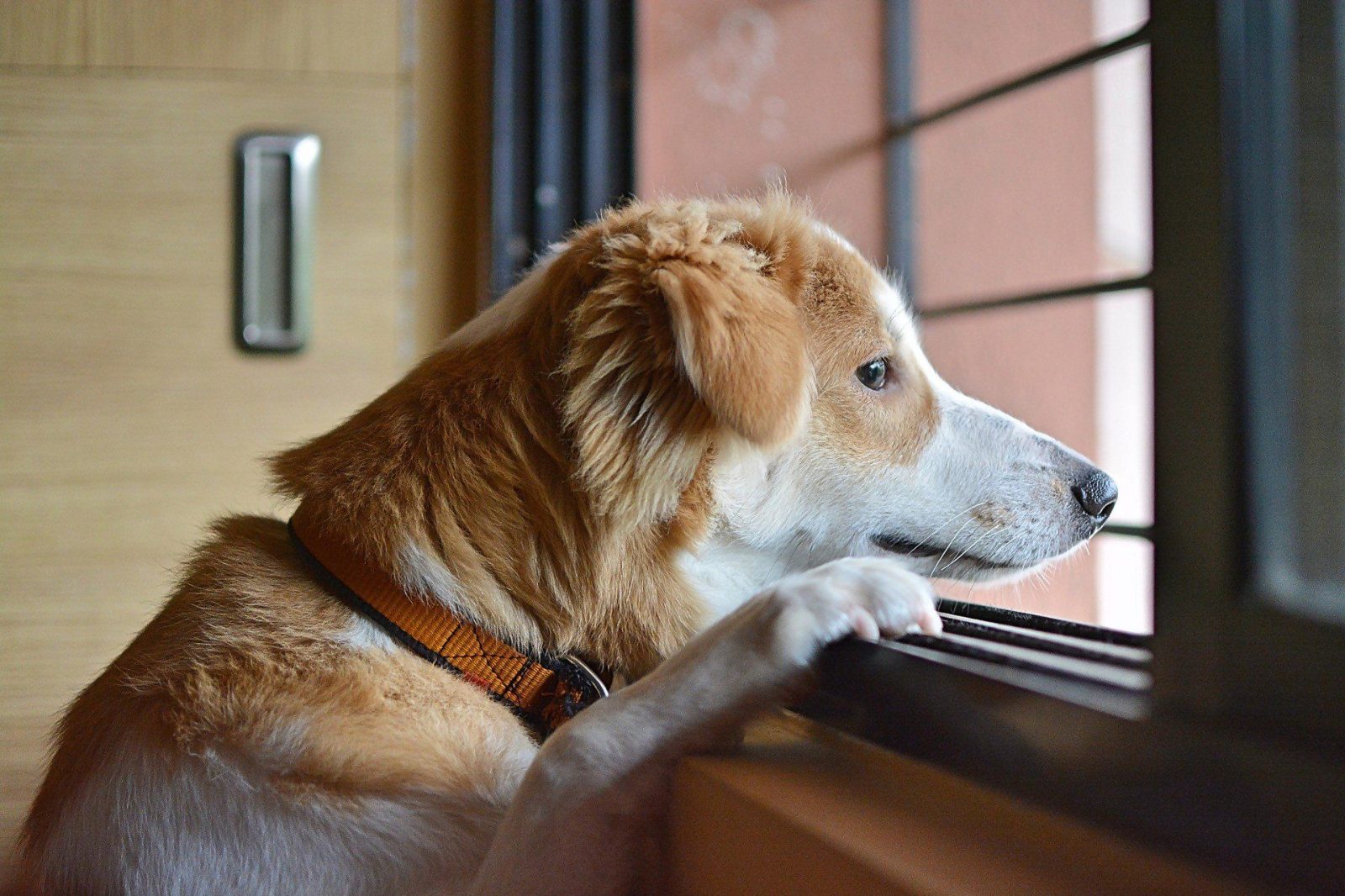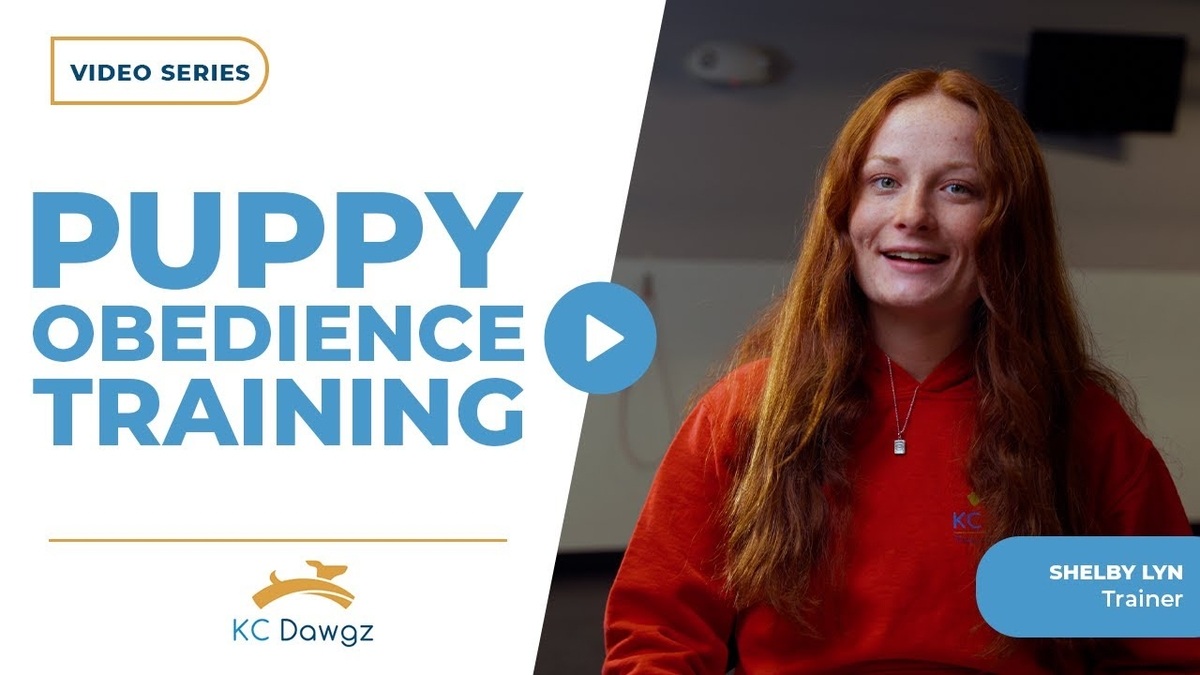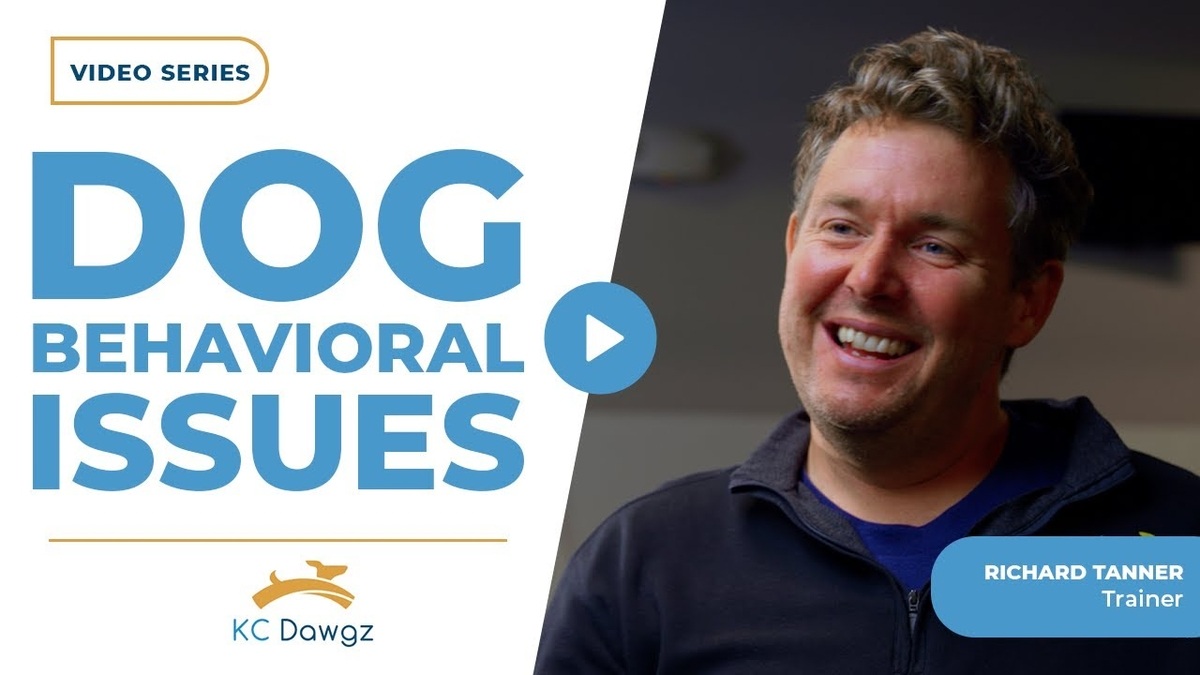Solving separation anxiety can be tough!
Acting destructive or barking and crying when left alone is often a combination of demand behavior and anxiety. The most important lesson for solving separation anxiety is having your dog learn to settle and become more comfortable alone — while you are home. The best practice for treatment and prevention starts when both you and your dog are home together. Instead of having your dog as the center of attention all the time, your dog must learn to tolerate being in the house independently, (without following you around from room-to-room.) Interrupting this kind of “shadowing” behavior is the key to every good separation anxiety training plan. When your dog starts to build a little confidence in doing his own thing while you are at home, start to work on going outside. At first, this may be for only a few seconds. Walking out to the car and back is a short trip, but if your dog is very attached, it is long enough for them to notice you are gone. Do this as nonchalantly as possible. You can also pair this exercise with something your dog finds rewarding. Filling a Kong with peanut butter, using his favorite bone, doing it during meal times, or anything he likes that will give him something to focus on more than being worried about you leaving. Once you have done this over and over, slowly increasing the time you are out as your dog gets more comfortable and confident, your dog will start to realize that you leaving for a bit isn’t the end of the world. In fact, if you pair it with something rewarding, he will start to change his mind from being sad about you leaving to being excited that he gets his favorite toy or chew.
This is often difficult to implement because resisting smothering your dog with attention is so hard! There are many things to consider when treating separation anxiety.
Reduce separation anxiety with a departure ritual. Try to ignore your dog when you are getting ready to leave. Try not to talk too much or give any eye contact on the way out. Additionally, scatter or hide treats around the house to distract your dog from watching you leave. Lastly, as you leave try not to linger, or give your dog the impression they might be coming with you. Daily practice is a must! Having a good plan is important but actually practicing every day will determine your success.
Often with separation anxiety situations people unwittingly make things worse by coddling their dog or acting sad/sympathetic when leaving their dog alone. Ironically, even though you feel sorry for your dog – you can make things worse by acting too empathetic, sounding sad or distressed when leaving. So, when coming home it is OK to say “Hi!” to your dog, but try to not get them overly excited, as you want departures and arrivals to be low-key.
With some training, patience, and consistency you can have peace of mind when leaving your dog for the day by regularly implementing these proven strategies in your everyday routine.





